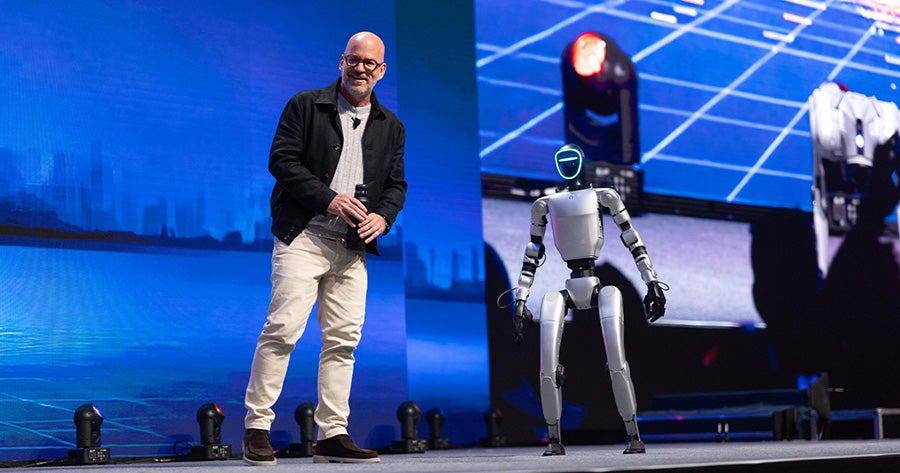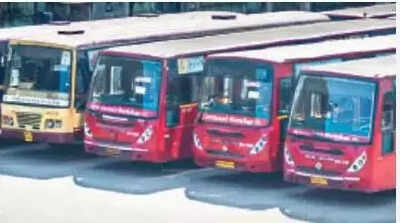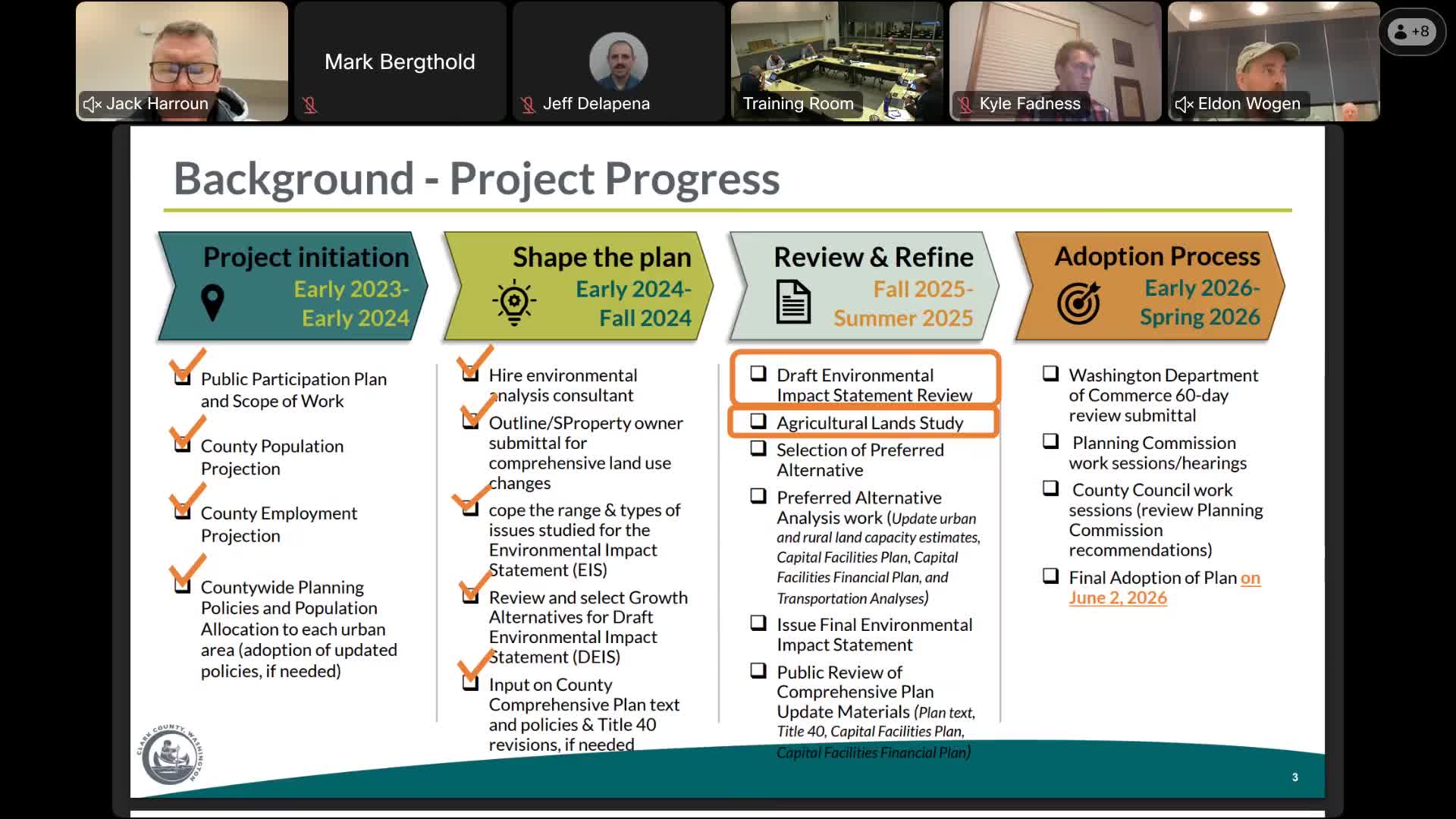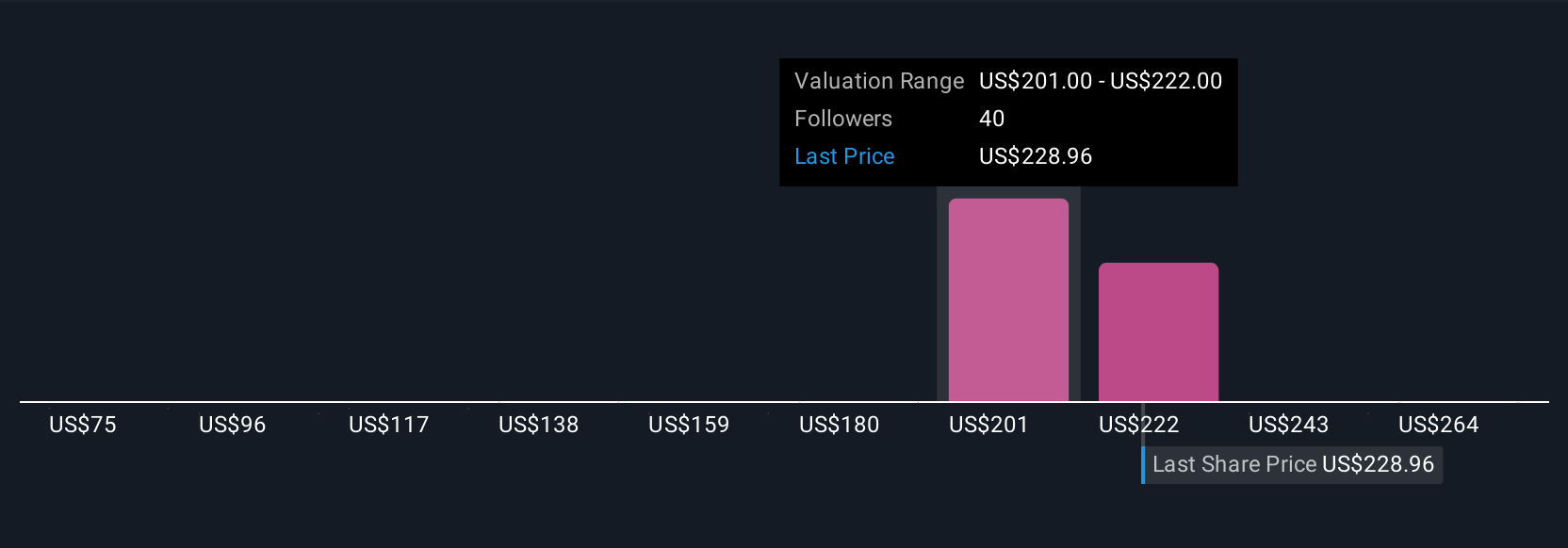Salt Lake City Is An Unexpected Leader In Clean Energy – The Business Download |

Report on Salt Lake City’s Progress Towards Sustainable Development Goals through Renewable Energy Initiatives
Global Context: The Role of Renewable Energy in Sustainable Development
- The global theme for Earth Day 2025, “Our Power, Our Planet,” underscores the critical importance of transitioning to renewable energy sources.
- This transition is central to achieving multiple Sustainable Development Goals (SDGs), particularly SDG 7 (Affordable and Clean Energy) and SDG 13 (Climate Action).
- The renewable energy sector is also a significant driver for SDG 8 (Decent Work and Economic Growth), with projections indicating the creation of 14 million new jobs globally and a market value expected to grow 17.2% annually between 2024 and 2030.
Case Study: Salt Lake City’s Strategic Approach to Urban Sustainability
Salt Lake City, Utah, serves as a model for how municipalities can implement comprehensive strategies that advance the Sustainable Development Goals. The city’s efforts in renewable energy, energy efficiency, and clean transportation demonstrate a robust commitment to creating a sustainable urban environment.
Advancing SDG 7 (Affordable and Clean Energy) and SDG 13 (Climate Action)
- Legislative Framework: The city established a strong policy foundation through joint resolutions.
- A 2016 resolution set goals for an 80% reduction in carbon emissions by 2040 and 100% community-wide renewable energy by 2032.
- A 2019 resolution accelerated the renewable energy target, aiming for 100% by 2030, reinforcing its commitment to SDG 7 and SDG 13.
- Elektron Solar Project: This project is a cornerstone of the city’s renewable energy strategy.
- Through a contract with Rocky Mountain Power, the city purchases energy from the 80 MW solar farm.
- The acquired energy covers approximately 80% of the city’s annual municipal electricity needs, marking a significant step towards its 100% renewable goal.
- The project also supported SDG 8 by creating 100 construction jobs and providing sustained revenue to the local county and Utah’s School and Institutional Trust Lands Administration.
Fostering SDG 9 (Industry, Innovation, and Infrastructure) and SDG 11 (Sustainable Cities and Communities)
Energy Efficiency and Sustainable Buildings
- Energy Benchmarking & Transparency Ordinance: This 2017 ordinance mandates that commercial buildings over 25,000 square feet benchmark and report their annual energy usage.
- This policy promotes SDG 12 (Responsible Consumption and Production) by encouraging voluntary efficiency improvements.
- It is projected to save building owners $15.8 million in annual energy costs, contributing to local economic resilience under SDG 8.
- Sustainable Building Standards: The city has integrated sustainability into its infrastructure development, directly addressing SDG 9 and SDG 11.
- Since 2006, all new city buildings and major renovations are required to achieve LEED Silver certification.
- A 2013 executive order mandated that new city buildings be evaluated for net-zero energy capability.
- This commitment led to the creation of the first two net-zero fire stations in the United States in 2018.
- Innovative Energy Solutions:
- The Public Utilities Department has captured methane gas from its wastewater plant to generate electricity since 2005.
- The city-wide conversion of traffic signals to LED lights has resulted in annual savings of over $100,000.
Developing Clean Transportation Systems
- Policy and Planning: The 2020 Electrified Transportation Resolution established a roadmap for electrifying the city’s fleet and promoting community-wide EV adoption, a key goal for SDG 11.
- Infrastructure for Electric Mobility: To support the transition, the city has focused on building necessary infrastructure in line with SDG 9.
- New building codes require 20% of parking spaces in new multi-family residences to be EV-ready.
- As of mid-2023, the city hosted 451 public Level 2 charging ports and 55 DC fast charger ports.
- Fleet Electrification: The city leads by example with 404 alternative-fuel vehicles in its fleet, including 54 fully-electric vehicles. The airport maintains an additional 270 alternative-fuel vehicles.
Strengthening SDG 17 (Partnerships for the Goals)
- Utah Renewable Communities Program: This initiative exemplifies a successful multi-stakeholder partnership.
- Following the state’s 2019 Community Clean Energy Act, Salt Lake City joined 18 other communities to form the program.
- This collaboration allows 2.8 million Rocky Mountain Power customers to opt-in to receive electricity from new, local, utility-scale renewable energy projects.
- The program demonstrates SDG 17 in action, uniting local governments, a major utility provider, and the public to collectively advance the goal of 100% net renewable electricity.
Analysis of Sustainable Development Goals in the Article
1. Which SDGs are addressed or connected to the issues highlighted in the article?
The article on Salt Lake City’s renewable energy initiatives directly addresses and connects to several Sustainable Development Goals (SDGs). The primary focus on renewable energy, energy efficiency, sustainable urban development, and climate action aligns with the following goals:
- SDG 7: Affordable and Clean Energy: The core theme of the article is the transition to renewable energy sources like solar and improving energy efficiency in buildings and transportation.
- SDG 8: Decent Work and Economic Growth: The article highlights the economic benefits of the green transition, including job creation, market growth, and cost savings, which are central to this goal.
- SDG 11: Sustainable Cities and Communities: The entire case study is centered on Salt Lake City’s efforts to become more sustainable through improved transportation, energy-efficient buildings, and community-wide environmental programs.
- SDG 13: Climate Action: The city’s explicit goals to reduce carbon emissions and adopt climate-positive plans directly support the objectives of this SDG.
2. What specific targets under those SDGs can be identified based on the article’s content?
Based on the initiatives and goals described in the article, several specific SDG targets can be identified:
- Target 7.2: By 2030, increase substantially the share of renewable energy in the global energy mix.
- Explanation: Salt Lake City’s joint resolutions set a target of “100% renewable energy by 2030.” The city’s actions, such as contracting electricity from the “80 MW Elektron Solar project” and building a “one-megawatt (MW) solar farm on a landfill,” are direct efforts to meet this target.
- Target 7.3: By 2030, double the global rate of improvement in energy efficiency.
- Explanation: The article details the city’s focus on energy efficiency through the “Energy Benchmarking & Transparency Ordinance” for large buildings, the commitment to “LEED Silver standard for all new city buildings,” and the development of “net-zero fire stations.”
- Target 8.5: By 2030, achieve full and productive employment and decent work for all women and men, including for young people and persons with disabilities, and equal pay for work of equal value.
- Explanation: The article mentions that the Elektron Solar project “supported 100 construction jobs” and quotes a global projection that renewable energy “will create 14 million new jobs globally.” This connects the green transition to employment opportunities.
- Target 11.2: By 2030, provide access to safe, affordable, accessible and sustainable transport systems for all.
- Explanation: The city’s “Electrified Transportation Resolution,” goals for electrifying its fleet, and new standards requiring new apartment buildings to have spaces “compatible with electric vehicle (EV) charging” are all measures aimed at creating a sustainable transport system.
- Target 11.6: By 2030, reduce the adverse per capita environmental impact of cities, including by paying special attention to air quality and municipal and other waste management.
- Explanation: The city’s goal of an “80% reduction in carbon emissions by 2040” directly addresses reducing the city’s environmental impact. The initiative to build a solar farm on a landfill is an example of innovative waste management.
- Target 13.2: Integrate climate change measures into national policies, strategies and planning.
- Explanation: The article shows this target being implemented at the local level through Salt Lake City’s adoption of the “Climate Positive 2040” document and various “joint resolution[s] establishing renewable energy and carbon emissions reduction goals.”
3. Are there any indicators mentioned or implied in the article that can be used to measure progress towards the identified targets?
Yes, the article provides several quantitative and qualitative indicators that can be used to measure progress:
- For Target 7.2 (Renewable Energy Share):
- Indicator: Percentage of municipal electricity from renewable sources. The article states that energy from the new solar farm covers “approximately 80% of its annual municipal operations.”
- Indicator: Total renewable energy capacity. The article mentions the “80 MW Elektron Solar project” and a “one-megawatt (MW) solar farm.”
- For Target 7.3 (Energy Efficiency):
- Indicator: Financial savings from efficiency measures. The benchmarking ordinance is projected to “save building owners $15.8 million in energy costs per year,” and using LED traffic lights has “saved more than $100,000 annually.”
- Indicator: Number of energy-efficient buildings. The article notes that two fire stations “became the first two net-zero fire stations in the U.S.”
- For Target 8.5 (Employment):
- Indicator: Number of jobs created in the green sector. The article specifies that the Elektron Solar project “supported 100 construction jobs.”
- For Target 11.2 (Sustainable Transport):
- Indicator: Number of electric and alternative fuel vehicles. The city fleet has “404 vehicles powered by alternative fuels, including 54 fully-electric vehicles.”
- Indicator: Growth in private EV adoption. The number of registered EVs in the city grew from “2,012 in 2019” to “7,413” in 2023.
- Indicator: Availability of charging infrastructure. The article states there are “451 Level 2 charging ports or plugs and 55 DC fast charger ports installed in the city.”
- For Target 11.6 (Urban Environmental Impact):
- Indicator: Greenhouse gas emission reduction levels. The city has a stated goal of an “80% reduction in carbon emissions by 2040.”
- For Target 13.2 (Climate Policy Integration):
- Indicator: Adoption of formal climate strategies. The article cites the existence of the “Climate Positive 2040” document, the “Electrified Transportation Roadmap,” and multiple joint resolutions as evidence of integrated planning.
4. Summary of SDGs, Targets, and Indicators
| SDGs | Targets | Indicators |
|---|---|---|
| SDG 7: Affordable and Clean Energy | 7.2: Increase the share of renewable energy.
7.3: Improve energy efficiency. |
– Goal of 100% renewable energy by 2030. – 80% of municipal operations powered by renewable energy. – 80 MW solar project capacity. – Annual savings of $15.8 million for building owners from efficiency. – Two net-zero fire stations built. |
| SDG 8: Decent Work and Economic Growth | 8.5: Achieve full and productive employment and decent work. | – 100 construction jobs supported by a single solar project. – Global projection of 14 million new jobs in renewable energy. |
| SDG 11: Sustainable Cities and Communities | 11.2: Provide access to sustainable transport systems.
11.6: Reduce the environmental impact of cities. |
– Increase in registered EVs from 2,012 (2019) to 7,413 (2023). – 451 public Level 2 charging ports and 55 DC fast chargers installed. – Municipal fleet includes 54 fully-electric vehicles. – Goal of 80% reduction in carbon emissions by 2040. – Methane capture at wastewater plant. |
| SDG 13: Climate Action | 13.2: Integrate climate change measures into policies and planning. | – Adoption of “Climate Positive 2040” plan. – Passage of joint resolutions establishing carbon reduction goals. – Creation of an “Electrified Transportation Roadmap.” |
Source: thebusinessdownload.com

What is Your Reaction?
 Like
0
Like
0
 Dislike
0
Dislike
0
 Love
0
Love
0
 Funny
0
Funny
0
 Angry
0
Angry
0
 Sad
0
Sad
0
 Wow
0
Wow
0












































































